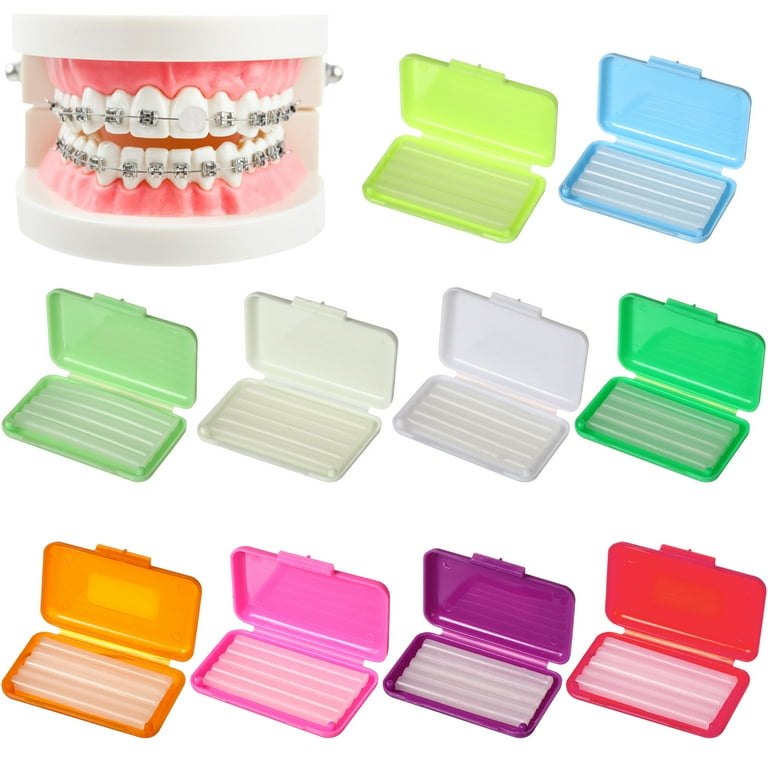Your Guide to Cumming Invisalign: Straightening Teeth with Style and Comfort
Your Guide to Cumming Invisalign: Straightening Teeth with Style and Comfort
Blog Article
Comprehensive Overview to Orthodontics Procedures for Correcting Dental Misalignments
Recognizing the details of each treatment, including their mechanisms, benefits, and possible drawbacks, is important in making educated decisions regarding one's orthodontic treatment. As we browse via the extensive overview to orthodontic procedures for remedying oral imbalances, the intricate details of each approach will unravel, dropping light on the course towards a harmonious and useful oral placement.
Orthodontic Procedures Review

In addition to clear aligners and traditional dental braces, orthodontists may additionally advise other treatments like headgear, palatal expanders, or retainers to resolve specific positioning problems (orthodontist). These treatments are customized to each individual's unique needs and might entail a combination of treatments to attain the wanted outcomes. Routine changes and surveillance are crucial components of orthodontic treatment to make sure progress gets on track and to make any needed alterations in the process. By going through orthodontic treatments, patients can not only achieve a straighter smile however additionally boost their total oral wellness and feature.
Typical Braces: How They Function
When thinking about orthodontic treatments for oral misalignments, conventional braces stand apart as a reliable method for remedying teeth placing. Standard braces include braces, cables, and bands that interact to use continuous stress on the teeth, progressively relocating them into the wanted positioning. The braces are affixed to the teeth making use of a special adhesive, and the wires are threaded through the brackets. By adjusting the stress of the wires, orthodontists can regulate the direction and pressure applied to each tooth, guiding them right into proper alignment gradually.
As pressure is applied to the teeth through the braces, the bone bordering the teeth is improved to support the brand-new tooth settings. People will certainly require regular changes at the orthodontist's office to ensure the braces continue to apply the correct pressure for reliable teeth motion.
Undetectable Aligners: Cons and pros
Invisible aligners use a hassle-free and discreet choice to conventional braces for remedying dental imbalances. These clear, customized trays are virtually unnoticeable when worn, making them an enticing alternative for people seeking a much more visually pleasing orthodontic therapy. Among the primary advantages of invisible aligners is their removability, permitting simpler upkeep of dental health compared to traditional dental braces. Clients can remove the aligners prior to consuming or brushing their teeth, reducing the risk of food obtaining stuck in the appliance and simplifying the cleansing process.

Surgical Orthodontic Options
Surgical interventions in orthodontics existing feasible options for attending to complex oral imbalances that might not be efficiently dealt with via conventional orthodontic treatments. While standard recommended you read braces and undetectable aligners can fix several orthodontic concerns, certain situations need medical intervention to achieve optimal results. Surgical orthodontic choices are typically advised for severe malocclusions, substantial jaw discrepancies, and instances where the underlying bone framework requires adjustment to attain proper positioning.
One common surgical orthodontic procedure is orthognathic surgical procedure, which includes repositioning the jaws to deal with useful problems such as problem chewing or speaking. This surgery is commonly done in collaboration with an orthodontist who aids align the teeth prior to and after the procedure. Surgical orthodontics may also entail procedures to reveal influenced teeth, eliminate excess gum cells, or improve the jawbone to develop a more harmonious face account.
Before taking into consideration surgical orthodontic alternatives, clients undergo an extensive analysis to establish the need and possible advantages of such interventions. braces. While surgery might appear challenging, it can dramatically enhance both the feature and aesthetic appeals of the smile in situations where traditional orthodontic therapies drop short
Retainers and Post-Treatment Treatment

Failing to comply with post-treatment care guidelines can result in regression, where the teeth progressively move back towards their original positions. Consistent retainer wear, excellent oral health, and routine oral exams are vital for maintaining the outcomes accomplished via orthodontic surgery and making certain the long-lasting security of the dealt with dental positioning.
Verdict
Finally, orthodontic treatments use numerous options for remedying dental misalignments. Conventional dental braces use steel brackets and cords to shift teeth into proper positioning. Undetectable aligners give an even more very discreet option but may not appropriate for all cases. Surgical orthodontic alternatives are readily available for more serious misalignments. Retainers are generally used post-treatment to maintain the brand-new alignment. In general, orthodontic procedures can efficiently enhance dental health and aesthetic appearance.
As we navigate via the extensive overview to orthodontic procedures for fixing dental imbalances, the intricate details of each technique will certainly unravel, losing light on the course towards a harmonious and practical dental positioning. - cumming invisalign
One of the most typical orthodontic therapies is the use of dental braces, which consist of steel brackets and cables that use mild stress to gradually change teeth into the wanted setting.When considering orthodontic therapies for dental imbalances, conventional dental braces stand out as a time-tested technique for remedying teeth placing. Additionally, invisible aligners may not be ideal for intricate orthodontic issues that need even more considerable teeth movement, as they are generally recommended for mild to moderate More about the author situations. Retainers are personalized orthodontic gadgets developed to hold teeth in their corrected positions after the completion of orthodontic therapy.
Report this page